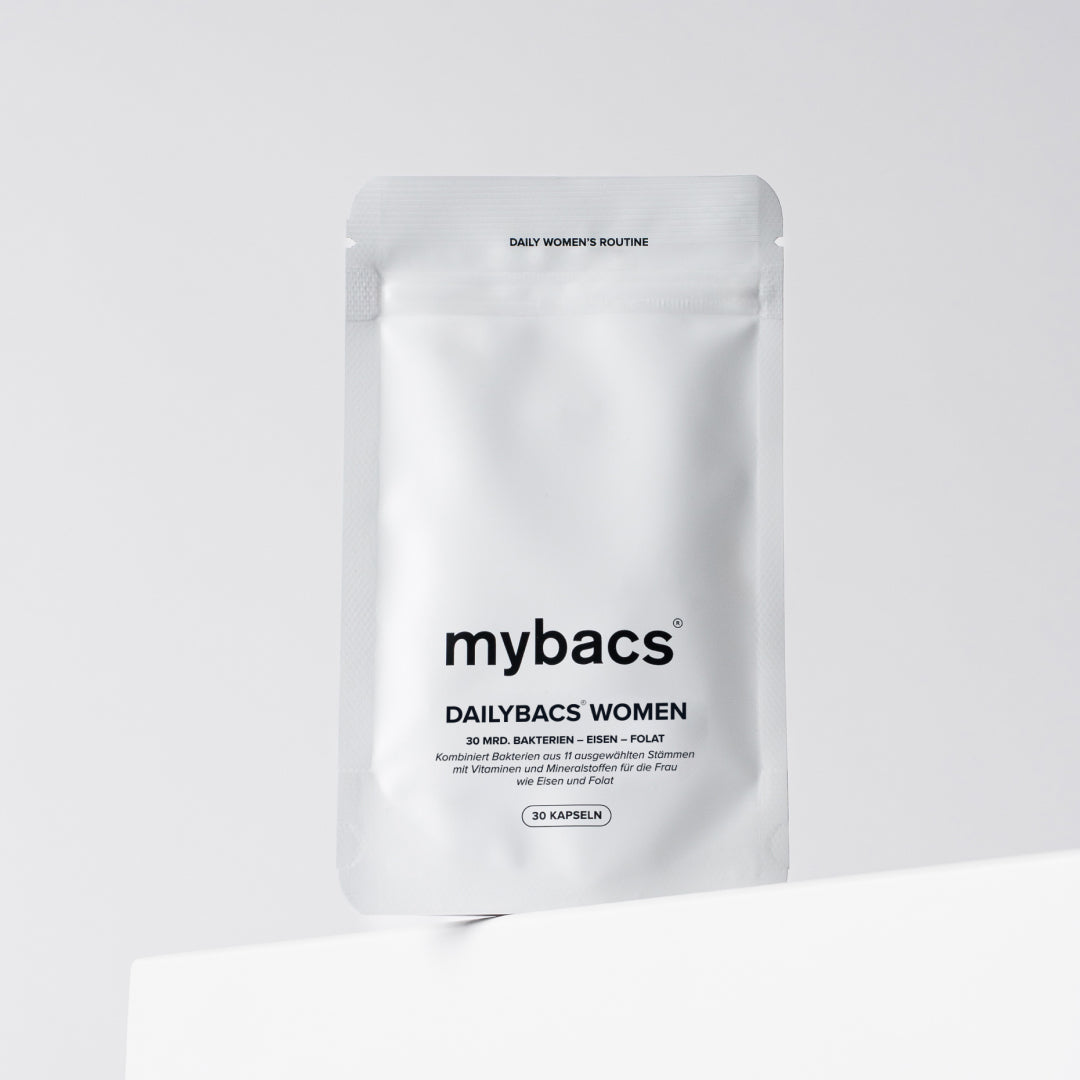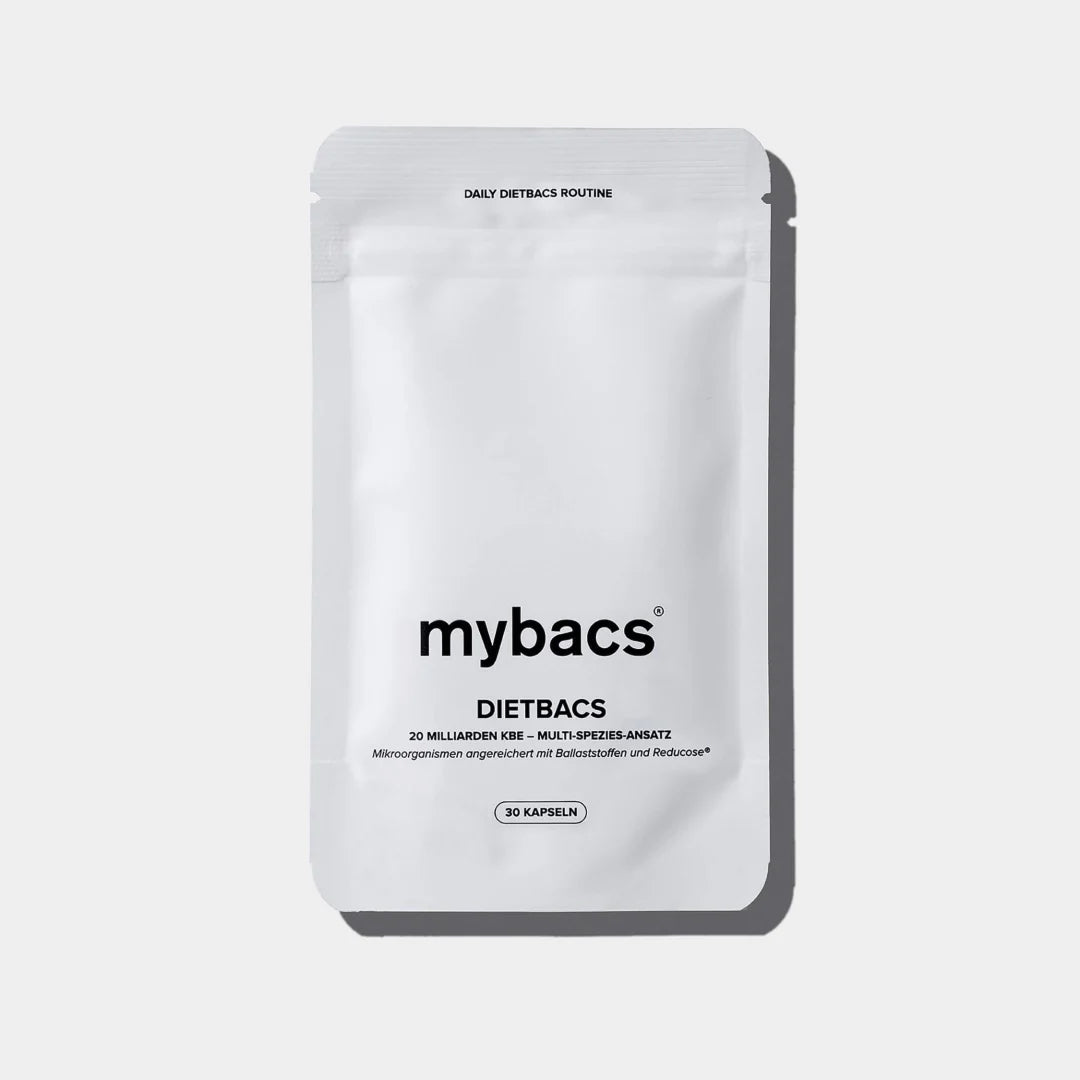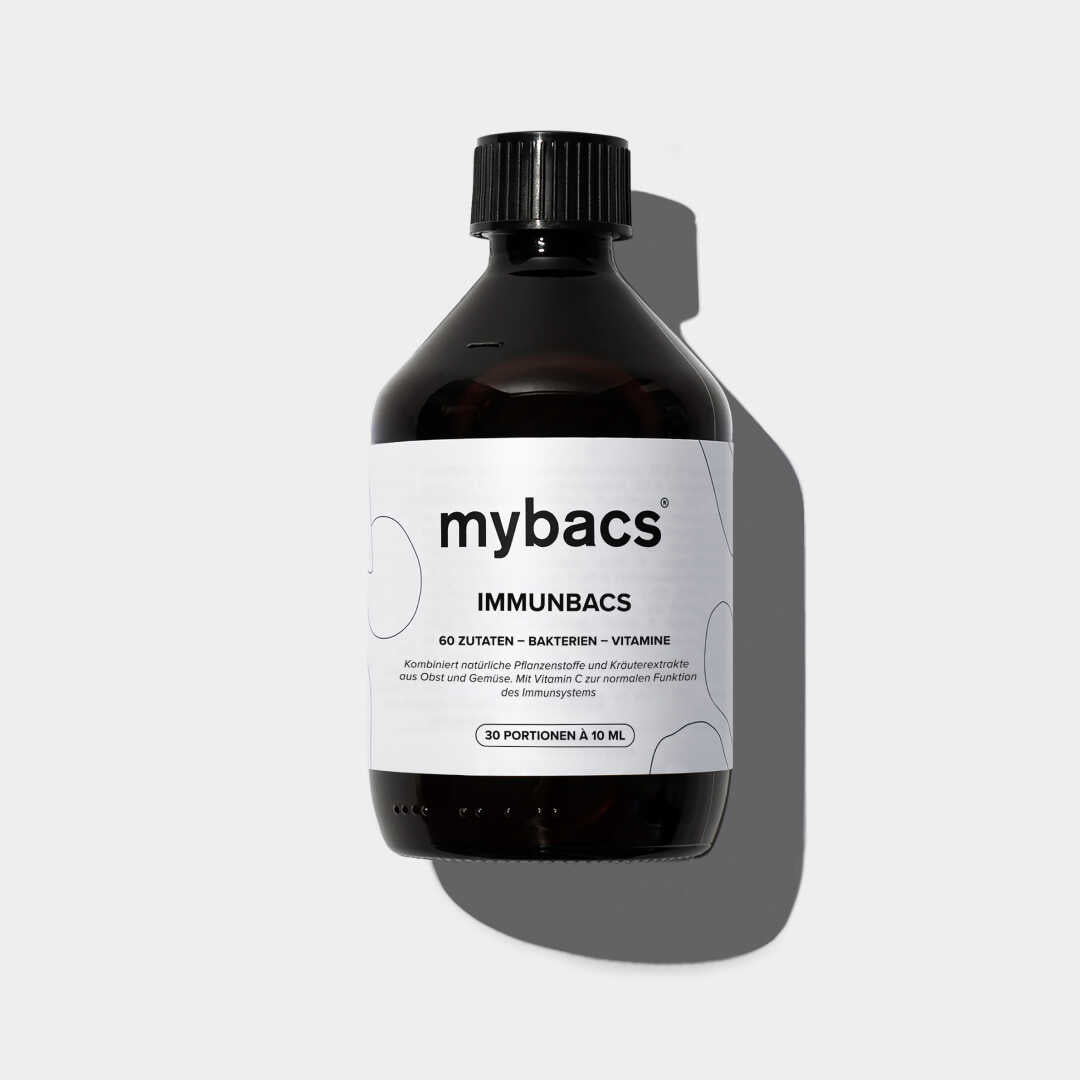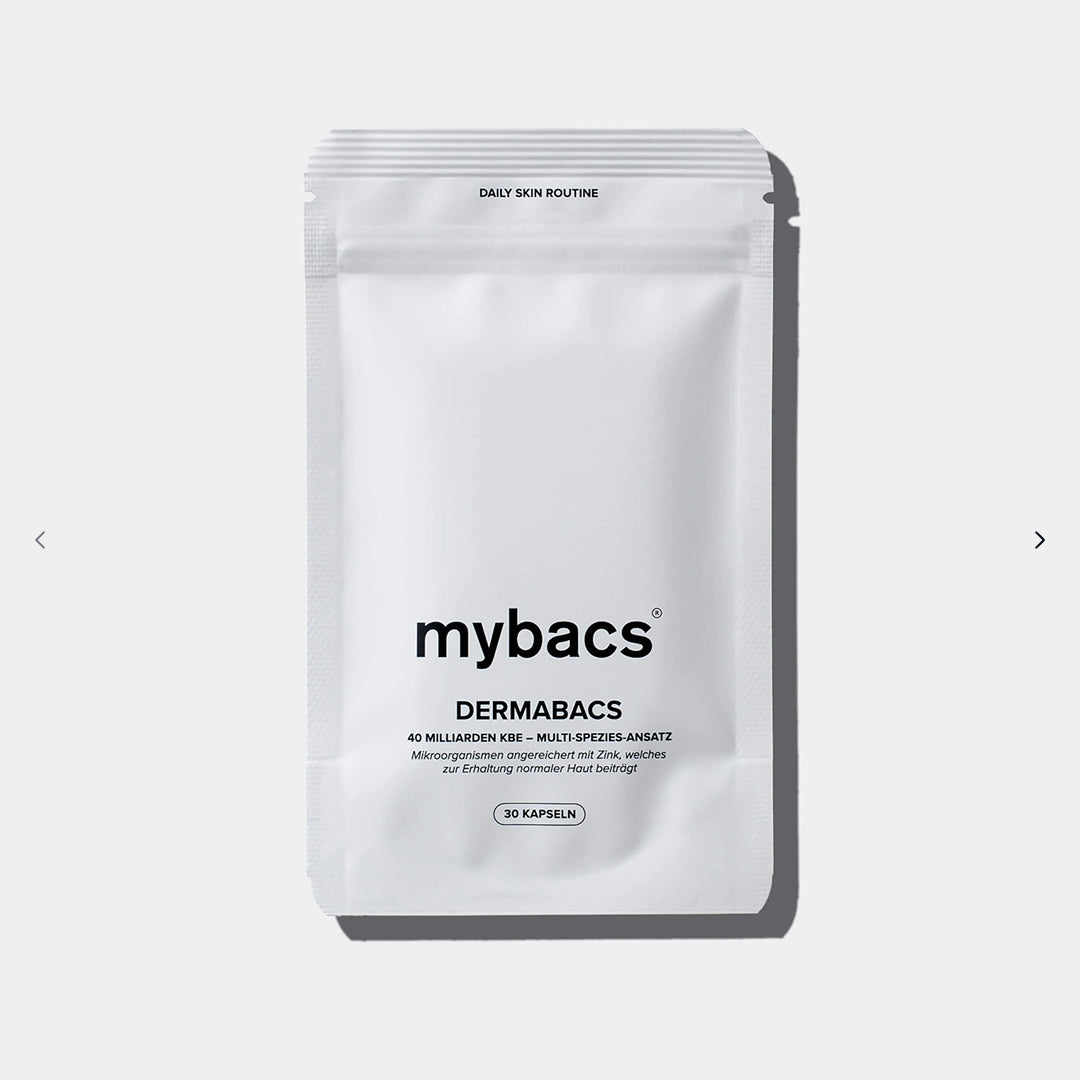This blog article is all about folate - and folic acid! Have you heard either of these terms before? And do you know the difference? We'll explain!
What is folate?
Let's start with folate. Folate is a natural water-soluble vitamin from the B group. Water-soluble vitamins have in common that the body cannot store them, so if there is an excess, they are excreted directly in the urine.
They are also called “folate equivalents” because folate occurs in different natural forms.
Why do I need folate?
Folate is relevant for a whole range of things: Above all, for all processes in the body that have to do with growth and development. In concrete terms, this means that folate is involved in the formation of new elements for the genetic material deoxyribonucleic acid - DNA for short. Folate is also needed for amino acid synthesis. Amino acids are the building blocks of proteins, which in turn serve as building blocks for body cells, hormones and enzymes. This is why folate is particularly important for pregnant women and those who want to become pregnant - but more on that below. On top of that, folate contributes to the normal function of the immune system, the reduction of tiredness and fatigue and normal blood formation. A real multi-tasker!
What does folate contain?
Folate is found mainly in vegetables and fruit, such as spinach, cabbage, lettuce and kale, citrus fruits, bananas, legumes, but also in milk and eggs as well as whole grains.
So what is folic acid?
Now to folic acid. Folic acid is a synthetic form of the vitamin that can only be produced in a laboratory and does not occur naturally. Are you wondering why there is an artificial version of a vitamin that already exists naturally? In fact, it has several properties that make it more attractive to humans and the food industry than “dietary folate”: Folic acid is more stable, meaning it is more resistant to external influences such as light, heat and oxygen. Folic acid also has a higher bioavailability than natural folate. This means that folic acid is available to the system and bloodstream in an unchanged form in higher concentrations than folate.
This can also be seen in the calculation of the sum of folate-active compounds in normal food: 1 μg folate equivalent = 1 μg dietary folate = 0.5 μg synthetic folic acid.
This means that folic acid can be used by the body almost 100% when taken on an empty stomach. This is why the synthetic version is added to foods and vitamin supplements that you can then buy. This is done because the adult population often falls below the recommended daily intake (more on this below).
In the EU, folic acid is not added directly to food, but in over 50 countries around the world, including the USA, it is added to products such as flour to counteract or directly prevent folate deficiency in the population.
How much folate does the body need?
For non-pregnant adults, a daily requirement of 300 µg folate equivalent is recommended. For infants and children under 12, the German Consumer Center recommends a daily dose adapted to their age. If you would like to find out more about this, you can find scientific information on the websites of the Consumer Center or the German Nutrition Society.
What happens if you have a folate deficiency?
In fact, according to a nationwide study by the Federal Research Institute for Nutrition and Food, folate is one of the few nutrients that the population is not adequately supplied with. The supply of folate decreases particularly with increasing age, but on average it is already insufficient at a young age. If the body lacks folate, the processes of cell division and growth are particularly affected. If a disorder occurs here, it can result in anemia. This is also referred to as anemia. There can also be complications with DNA synthesis and, as a result, problems with cell division. This can be felt primarily through problems in the digestive tract.
Folate when trying to conceive and at the beginning of pregnancy
Folate is the most studied vitamin for pregnant women. The reason for this is that it contributes to the growth of maternal tissue during pregnancy. It is therefore recommended, particularly for women who are trying to become pregnant and for pregnant women in the early stages, to ensure that they get enough folate from their diet and, if necessary, to supplement this with food supplements, as a higher dose is recommended here than for other adults. The consumer advice center and other institutes and authorities give a guideline value of 400 µg per day. A folate deficiency during this time can lead to malformations in the fetus. This is known as a neural tube defect, which affects the brain and spinal cord of children. To counteract this, an adequate supply of folic acid is very important.
It is recommended to increase the intake to 400 µg per day at least 4 weeks before the start of pregnancy and to maintain this constant throughout the first trimester of pregnancy.






